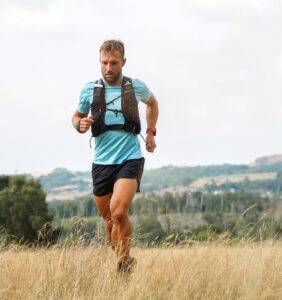Trail running is an exhilarating way to explore nature while challenging your physical limits. Proper preparation is key to having a safe and enjoyable experience. Here are the top 5 tips to help you prepare for your next trail running adventure.
1. Choose the Right Trail
Before you lace up your trail running shoes, it’s essential to choose a trail that matches your fitness level and experience. If you’re new to trail running, stick to familiar or well-marked trails to avoid getting lost. It’s always a good idea to bring an offline map and extra supplies, especially if you’re venturing into unfamiliar territory. After all, you don’t want your “short run” to turn into an unplanned wilderness survival adventure — unless you’re auditioning for a reality TV show!
2. Pack the Essentials
When heading out for a trail run, always be prepared for the unexpected. This includes packing extra water and snacks, even if you don’t plan on being out for long. Trails can be unpredictable, and what starts as a short run might turn into a longer adventure. Energy gels or bars are great options as they provide a quick energy boost without taking up much space in your pack.
Hydration is equally important, so ensure you have enough water to last the entire run. Remember, no one wants to end up like that camel in the desert.
3. Dress for the Weather
Weather conditions can change rapidly, especially in mountainous areas, so it’s crucial to dress appropriately. Bring a lightweight, windproof jacket that you can easily pack away when not needed. If you’re running in a colder climate, consider layering your clothing to stay warm without overheating. Don’t forget gloves and a buff to protect against wind and cold, and always check the weather forecast before heading out to ensure you’re prepared for any conditions you might encounter.
Because let’s be honest — Mother Nature loves a good surprise!
4. Wear the Right Gear
Your choice of gear can make or break your trail running experience. Invest in a pair of durable trail running shoes with good grip, as the terrain can vary from mud to slippery rocks. Unlike road running shoes, trail shoes are designed to provide better traction on uneven surfaces, helping you maintain stability and reduce the risk of injury. Depending on the length of your run, you might also consider a running pack to carry your essentials.
Trust us, nothing says “adventure” like trying to climb a muddy hill in shoes better suited for a shopping mall.

